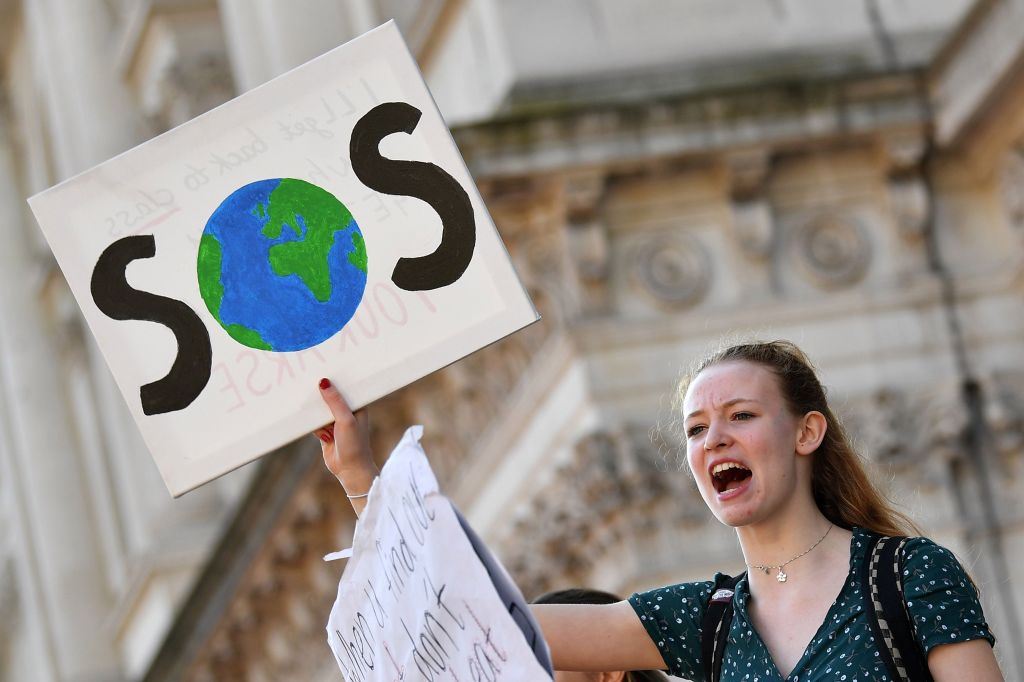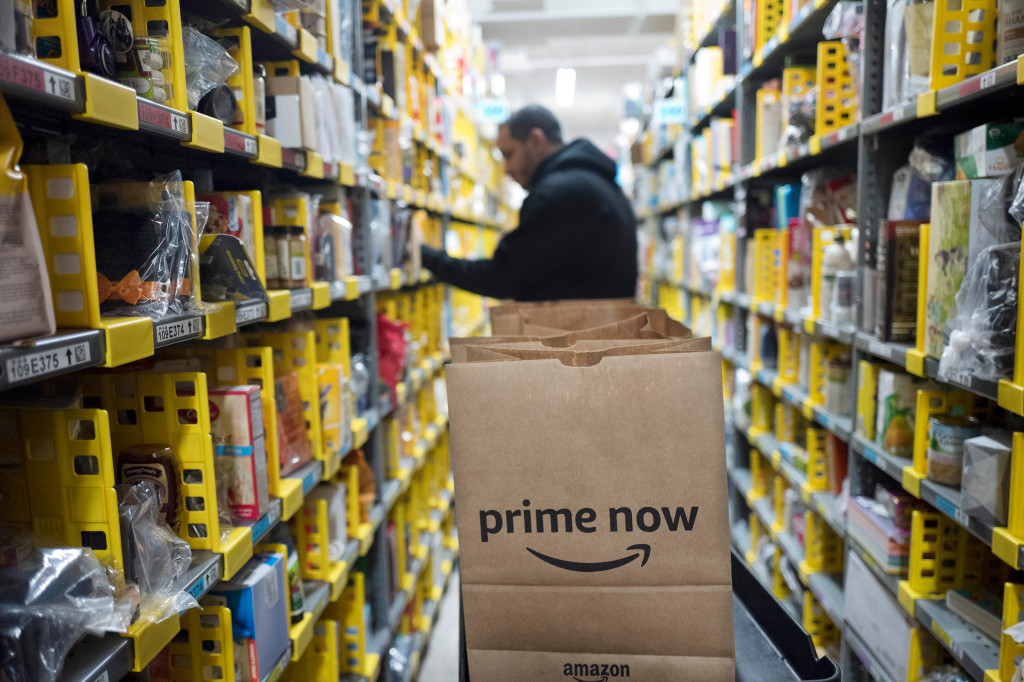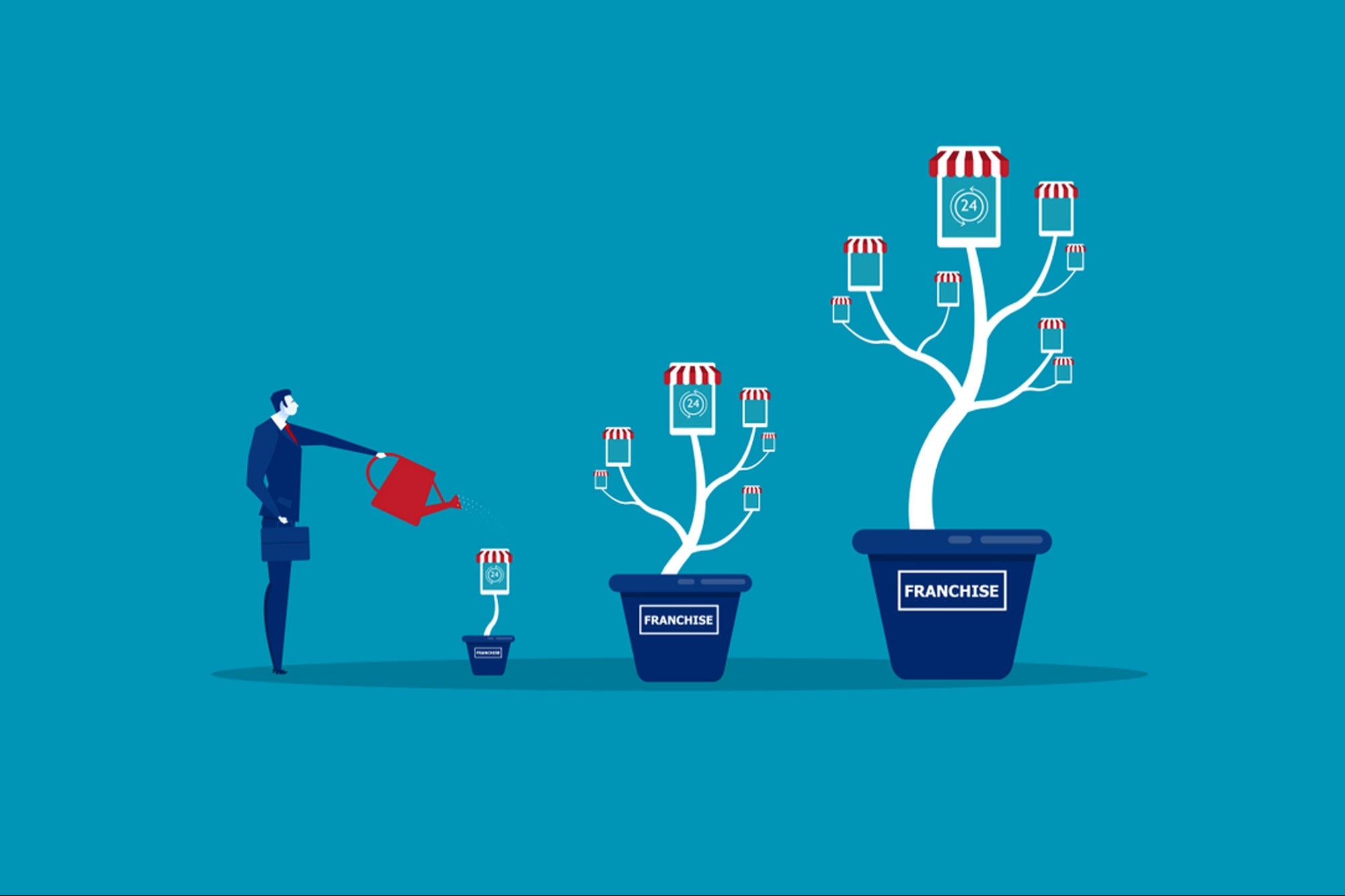The Keeling Curve is “a meticulous record of the amount of carbon dioxide in our atmosphere, the result of daily readings that have continued almost uninterrupted for more than 60 years,” says History.com.
Don’t worry if that went right over your head. The important thing to remember is that it was named for the scientist, Charles David Keeling, who started a monitoring program at the Mauna Loa Observatory in Hawaii; the project took continuous measurements, and an accompanying graph showed a curve that represented the accumulation of CO2 in the atmosphere. Keeling supervised the program until his death in 2005.
The Keeling Curve also is the name of a distinguished honor awarded each year to projects that help reduce greenhouse gas emissions or promote carbon uptake.
This week, finalists for the 2019 Keeling Curve Prize were announced at EarthX’s E-Capital Summit. And, perhaps not surprisingly, four of the finalists are located in the Bay Area. They are now in the running for a share of $250,000 in prize money.
“Finalists for the 2019 Keeling Curve Prize range from projects that combine micro-satellites and artificial intelligence to detect methane leaks, to solar-powered irrigation efforts for rural Indian farmers, to a worldwide climate education effort by churches,” the award’s organizers said in a statement. “The finalists … were chosen from almost 150 applications from all over the world.”
“The quality of the applications this year was phenomenal – and heartening,” said Jacquelyn Francis, founder and director of the Keeling Curve Prize. “Given the urgency of our climate problem, it’s essential that we identify and expand approaches to attacking global warming at its source. Tenacious people around the world are working on promising solutions, and we hope the Keeling Curve Prize can help amplify their work.”
Four finalists were named for each of this year’s five prize categories – Carbon Capture and Utilization, Energy Access, Transportation, Finance and Social & Cultural Impacts. An international panel of judges from the private, public, and nonprofit sectors will select two winners in each category. Winners will be announced June 28 at the Aspen Ideas Festival.
Here’s a look at the four Bay Area finalists and what their technologies do:
For Carbon Capture and Utilization
Opus 12 in Berkeley is developing a device that recycles carbon dioxide into cost-competitive chemicals and fuels. Their website says the company “champions the same culture of rapid iteration, disruptive innovation, and bold vision that has made this region a hub for technical innovation in the world. Opus 12 was one of six clean energy startups selected from around the country to be incubated in the first cohort of the prestigious Cyclotron Road program at Lawrence Berkeley National Lab.”
The company describes itself as “electrochemists, material scientists, and engineers with cutting-edge expertise in the field of CO2 electrocatalysis and electrochemical reactor design, scouted from the best programs in the world. Our team has partnered with industry leaders in electrolysis and plant design to implement our technology at scale. With world-class research facilities at Lawrence Berkeley National Lab and the backing of top-tier funders, we have the partnerships in place to commercialize our solution.”
Bluefield in Palo Alto has created technologies that can detect methane leaks via micro-satellites and artificial intelligence. According to its site, “methane leaks are easy enough to fix, and since repairing them means retaining more saleable natural gas, the International Energy Agency estimates that half of the industry’s leaks could be fixed at a profit. However, detecting these invisible leaks in a timely manner across hundreds of thousands of production, storage, and industrial sites, and 3 million kilometers of natural gas pipelines, is a massive challenge.”
The company says that the oil and gas industry is “pledging strong action on cutting methane emissions — because they have to. Beyond $30 billion in annual revenues lost, and billions more in liabilities from accidents such as the San Bruno pipeline explosion and the Aliso Canyon storage leak, methane poses an existential threat to industry financing in an era where shareholders and investors have become highly sensitive to climate risk.”
For Energy Access
10Power in San Francisco develops and finances renewable energy projects in markets lacking access to electricity. The company says on its website that it works closely with “local partners to develop and finance commercial-scale solar projects in Haiti, making renewable energy affordable and accessible for tangible improvements in livelihood and prosperity. The company views renewable energy as the key to provide access to clean water, gender empowerment, livelihood improvement, education and technology. 10Power is a for-profit, social impact enterprise. We reinvest revenue to grow our positive impact in the communities we serve.”
For Finance
CalCEF/Nexus in Oakland is forming a Qualified Clean Energy Opportunity Zone Fund to deploy solar, wind, energy storage and other clean economy assets. This East Bay company’s website says “the California Clean Energy Fund supports the ecosystem of entrepreneurs and investors making our clean energy transition a reality. We are in service to the next wave of entrepreneurs with funds, programs and networks that reflect emerging trends in clean energy entrepreneurship, finance and innovation. We have seeded three of the first clean tech VC funds; taken early positions in over 40 companies; and pioneered new mechanisms for clean energy financing.”
CalCEF is working “with the best entrepreneurial and inclusion organizations, incubators, accelerators, non-profits, companies and universities to advance clean energy.” Those partners include San Jose State and UC Davis, among others.










